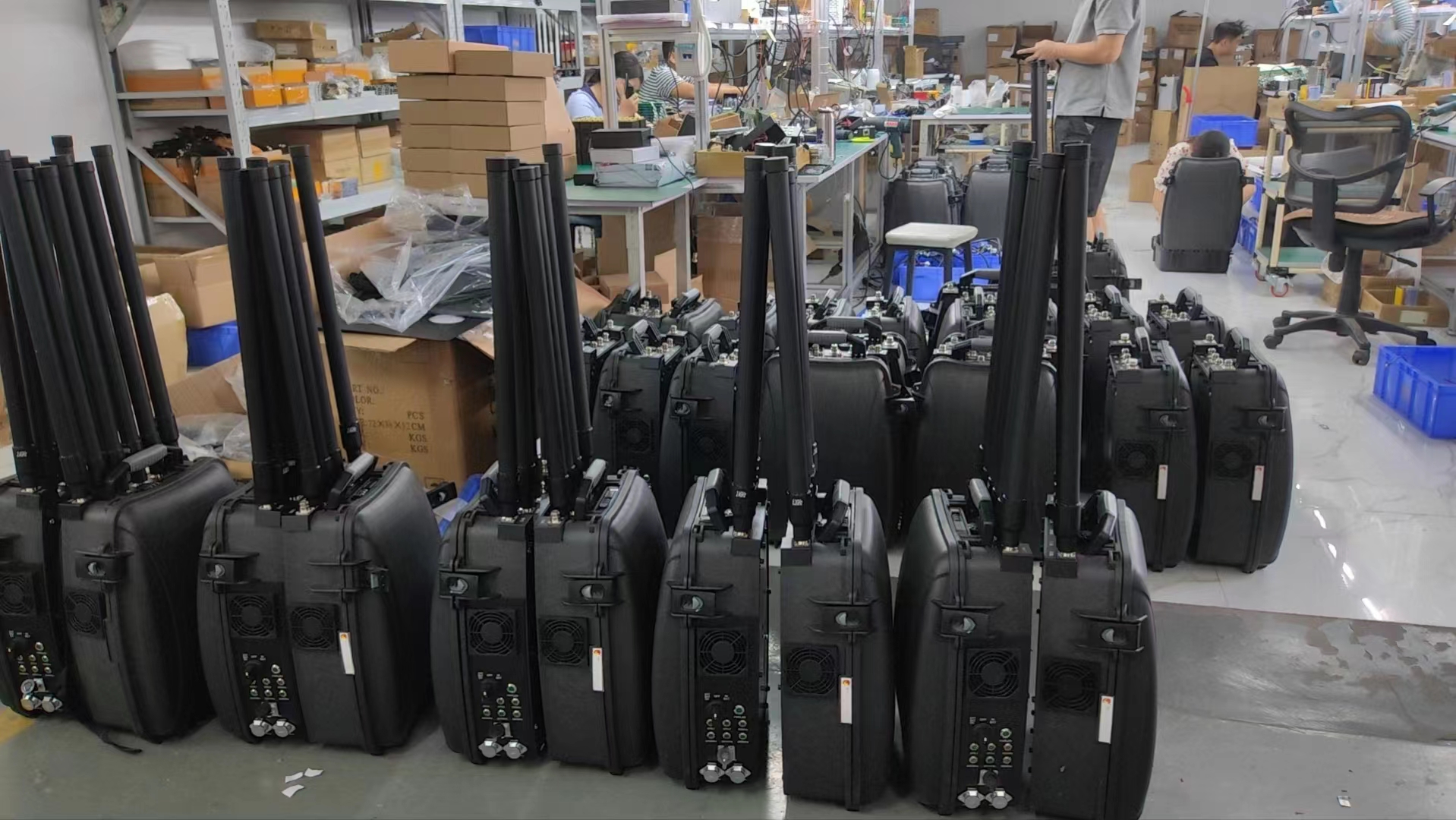Enhancing Drone Defense with Anti-Drone Antennas- Our Technological Leaps

Frequency Flexibility: These antennas can sweep a wide range of frequencies, making them adept at finding drones no matter what frequency they're using.
Targeted Detection: Some antennas can zero in on a specific area, which is handy for focusing on potential threats without getting distracted by the surrounding noise.
Long-Range Detection: With a long reach, these antennas can spot a drone from a distance, giving us a head start on deciding how to deal with it.
Noise Reduction: They use smart tech to filter out interference, making sure we're not tripped up by false alarms.
Defense Synergy: When combined with other detection tech like radar, these antennas can create a strong defense network that's greater than the sum of its parts.
Full Coverage: To protect an area, you need to think strategically about where to place these anti-drone antennas. It's about covering all the angles and potential entry points.
Detection Integration: The best defense goes beyond just antennas. By linking them up with other detection systems, you create a more reliable defense.
Response Readiness: Once a drone is spotted, you need a plan. Whether it's jamming signals, capturing the drone, or sending up another drone to take it down, the antenna is just the first step.


